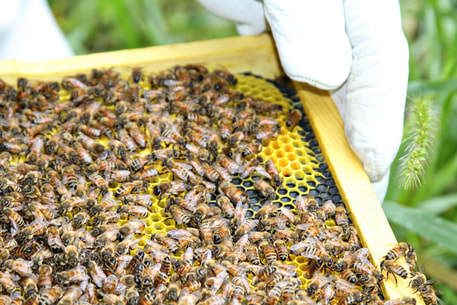MEDICAL DISCLAIMER
Although Dr. Roman is a veterinarian, she is not your veterinarian. All content and information on this website is for informational and educational purposes only, does not constitute medical advice, and does not establish any kind of patient-client relationship by your use of this website. A patient-client relationship with you is only formed after we have examined your pet in our office. Although we strive to provide accurate general information, the information presented here is not a substitute for any kind of professional advice, and you should not rely solely on this information. Always consult a professional in the area for your particular needs and circumstances prior to making any medical decisions.
Although Dr. Roman is a veterinarian, she is not your veterinarian. All content and information on this website is for informational and educational purposes only, does not constitute medical advice, and does not establish any kind of patient-client relationship by your use of this website. A patient-client relationship with you is only formed after we have examined your pet in our office. Although we strive to provide accurate general information, the information presented here is not a substitute for any kind of professional advice, and you should not rely solely on this information. Always consult a professional in the area for your particular needs and circumstances prior to making any medical decisions.



